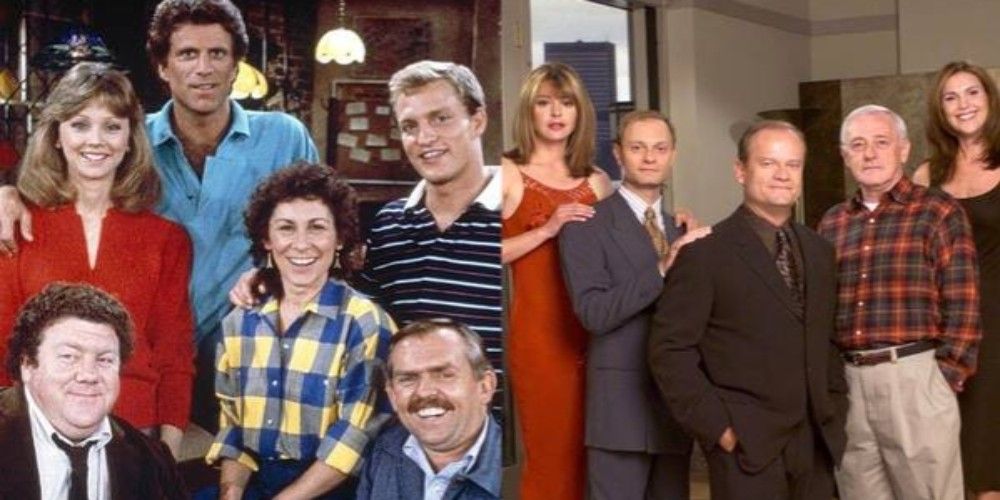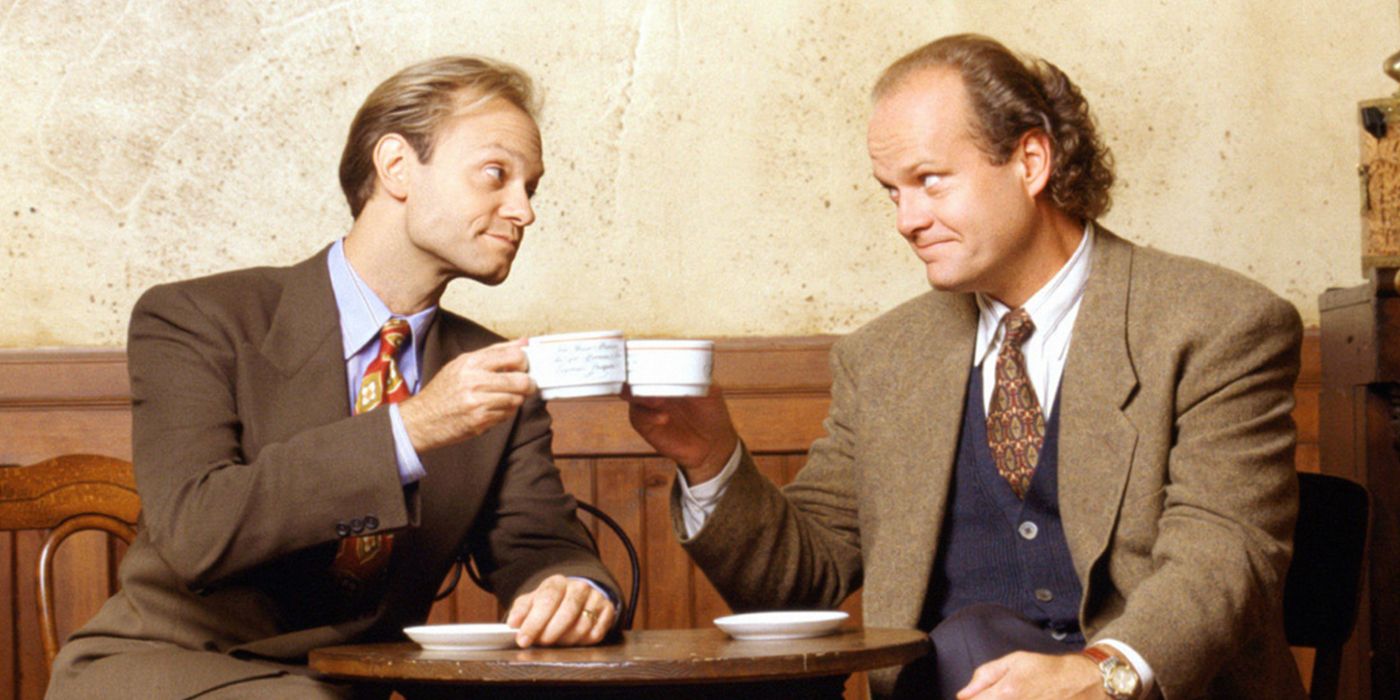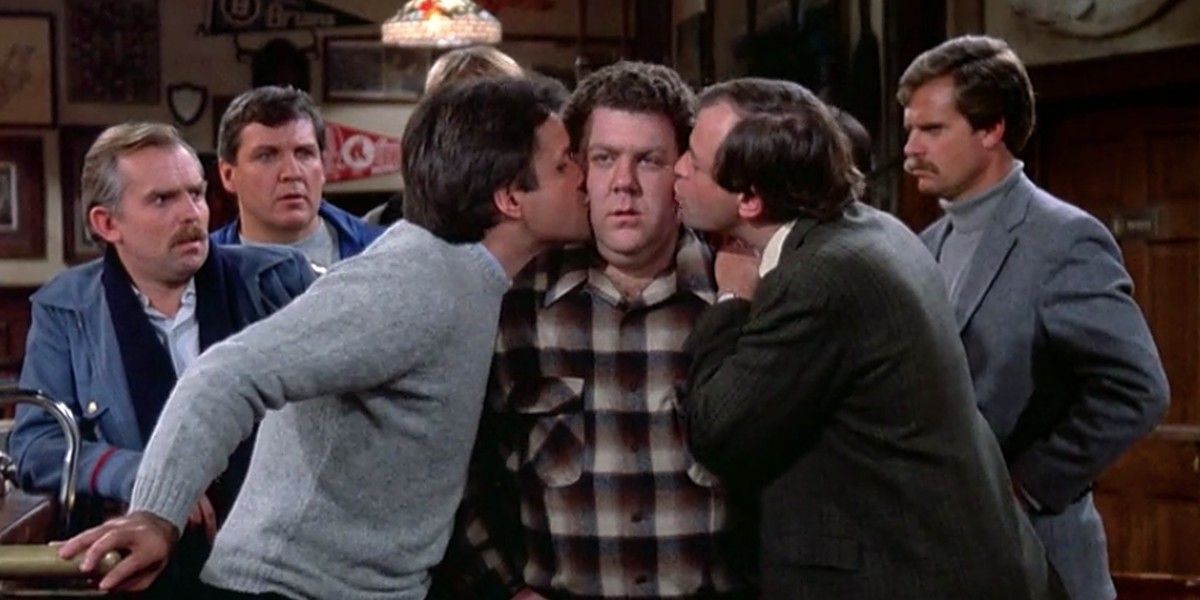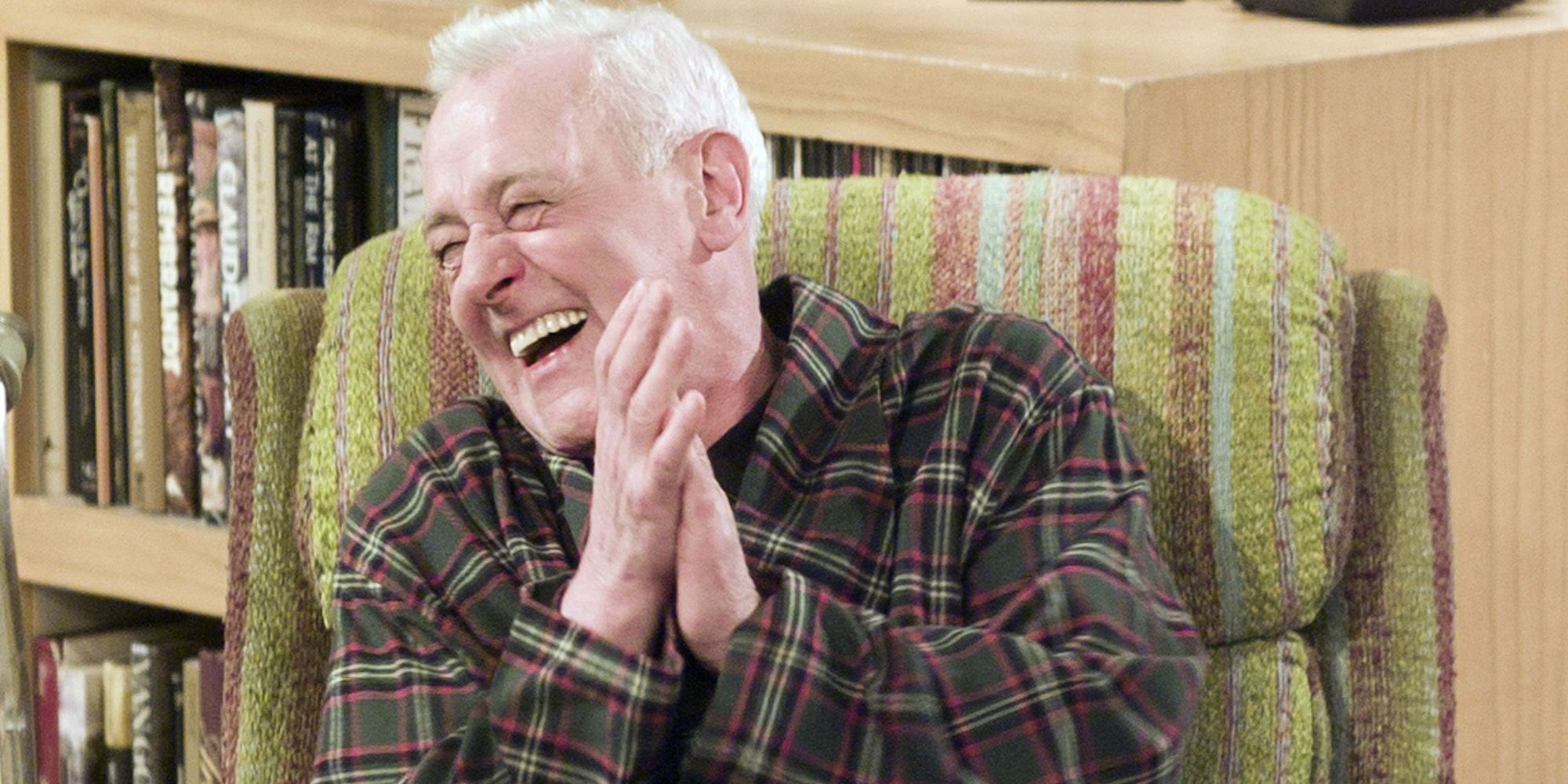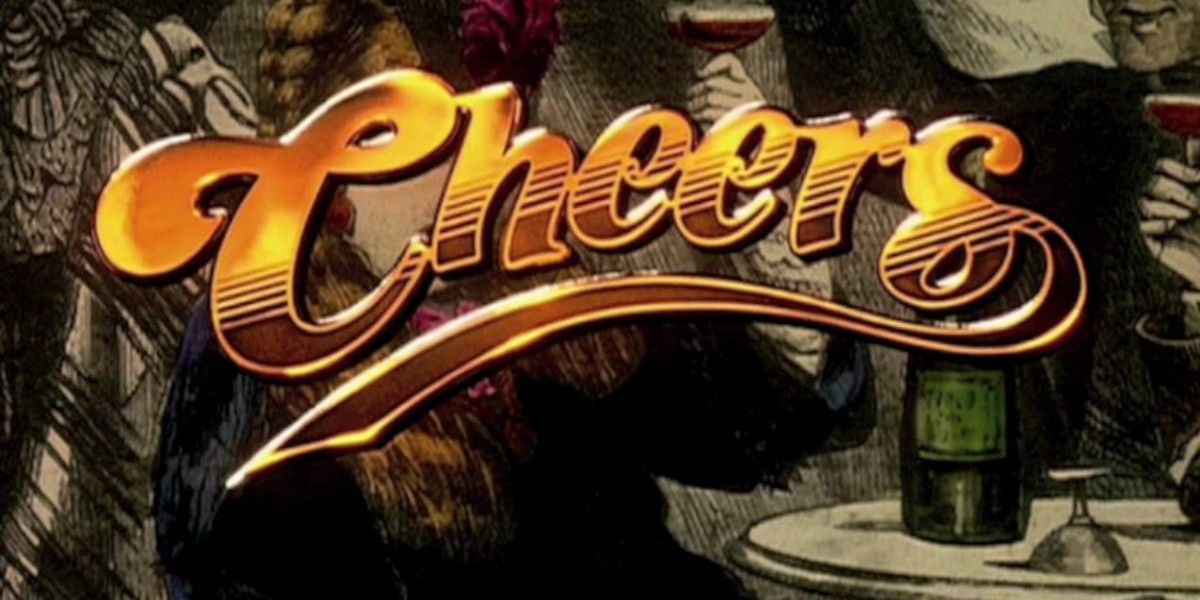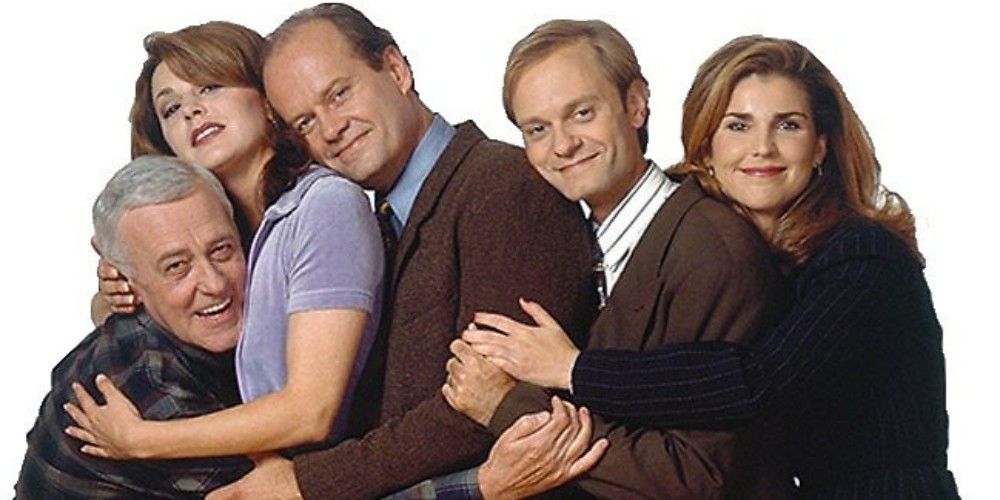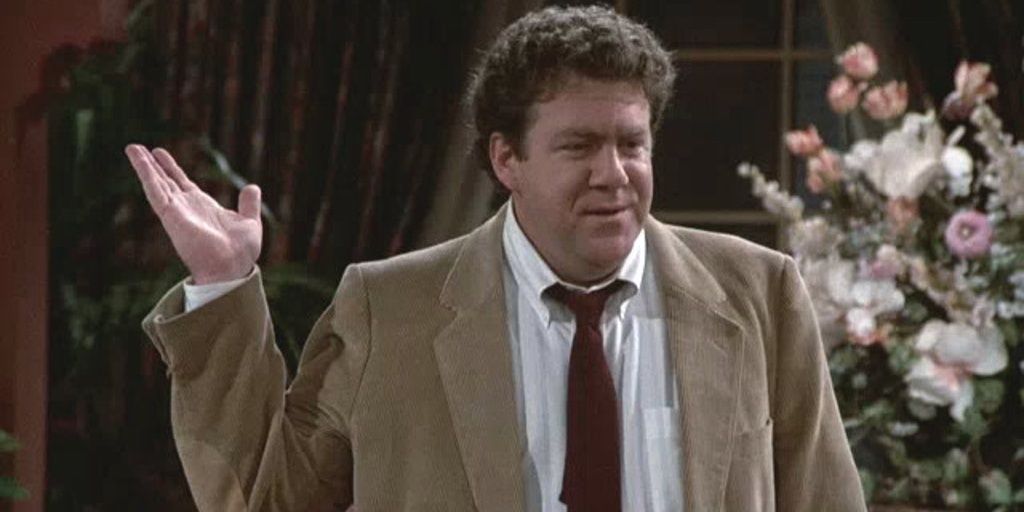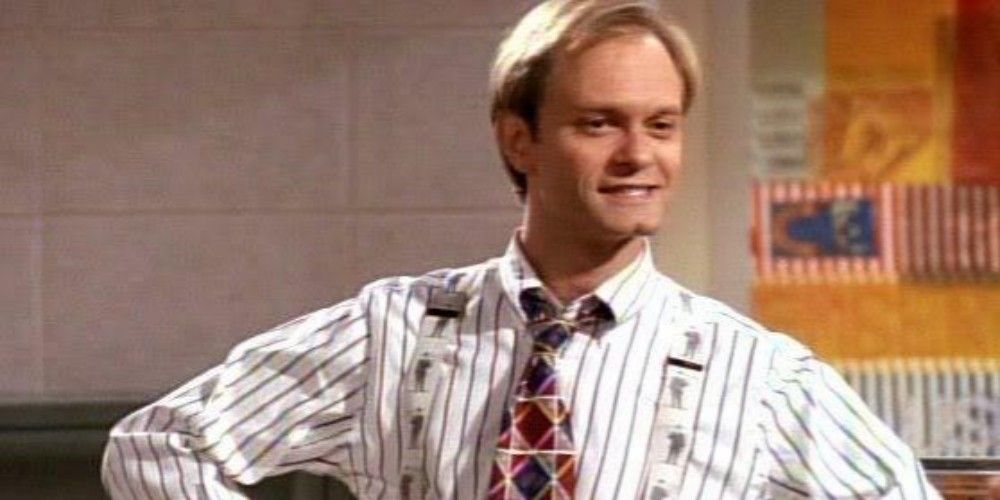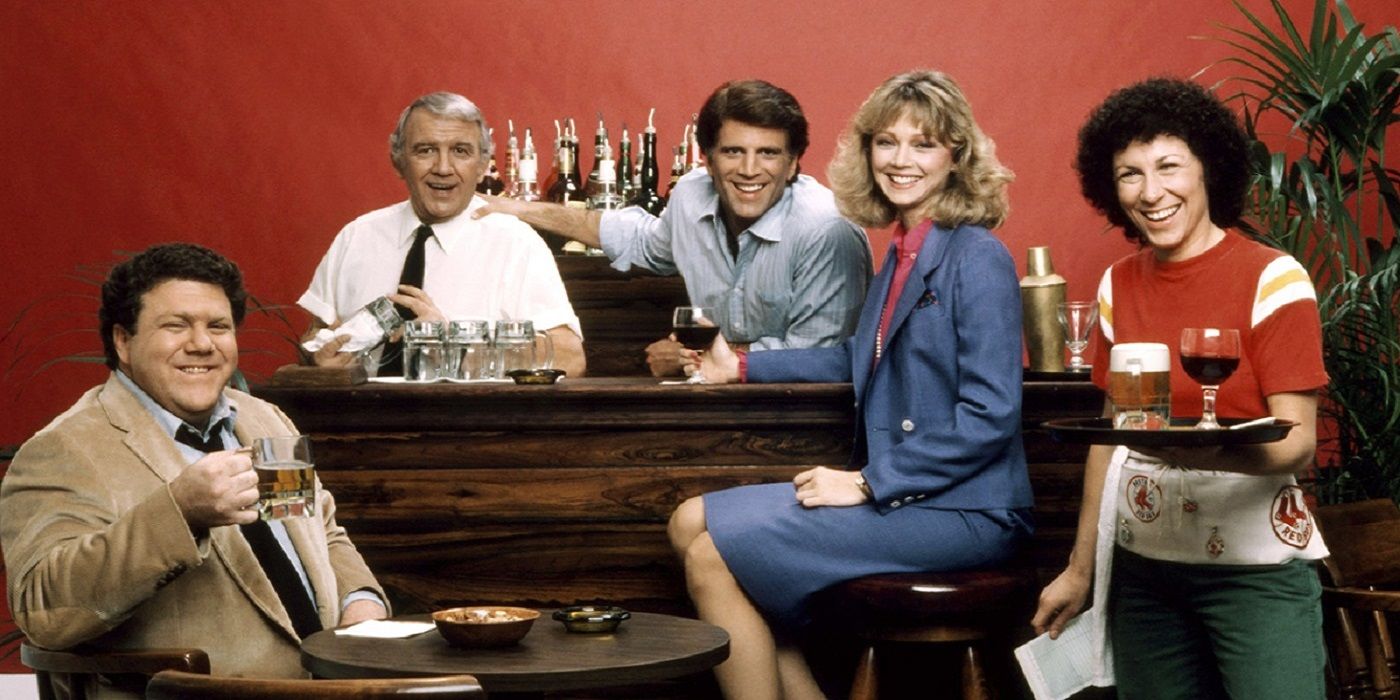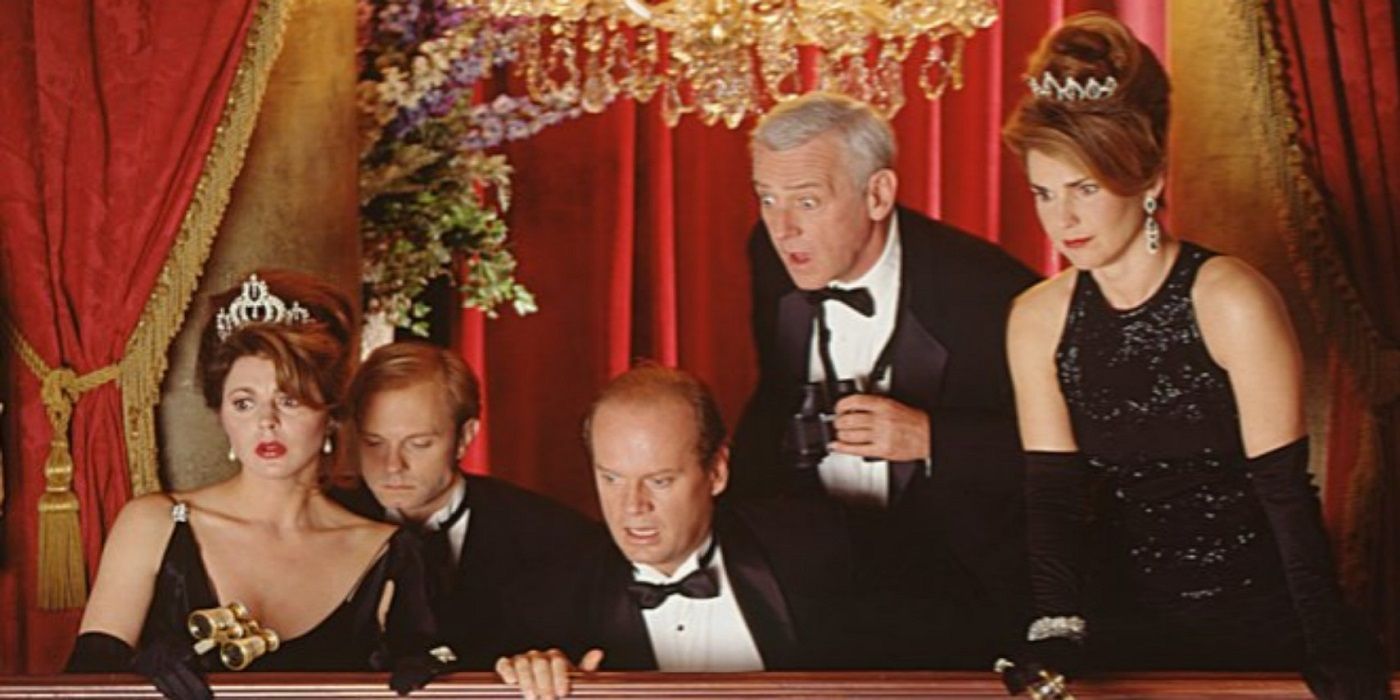Cheers has long been considered one of the greatest sit-coms of all time. With its clever writing, large ensemble cast, and relatable characters, it brought warmth and camaraderie into American living rooms. Audiences forgot their woes watching the misadventures of baseball player-turned-bar owner Sam Malone and the workers and patrons of the bar.
When it ended in 1993, one of its most unlikely characters received a spin-off; Dr. Frasier Krane. He had left his life in Boston to become a radio psychiatrist in Seattle. In Frasier, he juggled his work life and romantic life with a rowdy home life, often crowded with his roommates, an ex-cop father and his caregiver, as well as his pretentious younger brother. Where Cheers was working class, Frasier was upper class, but both had their distinct appeal. Both lasted eleven seasons and are considered masterworks. Below you'll find five reasons why each is the superior program.
FRASIER: IT WAS RIDICULOUSLY CLEVER
Frasier is known and respected for its complex storylines and farcical tone. Because of its deft amalgamation of intellectual jokes with slapstick gags, it can expand on the physical comedy of Cheers and take it to a new height of hilarity.
While it helped to have an understanding of opera, theater, wine, and 18th-century Dutch antiques to appreciate the humorous banter between Frasier and Niles, a non-insignificant amount of clever humor could be derived from their father making fun of them for it.
CHEERS: IT DIDN'T TAKE ITSELF TOO SERIOUSLY
One of the reasons why Cheers saw an uptick in audience numbers after a less-than-stellar first season was because viewers realized the show didn't take itself too seriously. There was one stuff-shirt in the cast (Frasier) but the rest of them were blue-collar stiffs.
It was the plight of the working man and woman that Cheers focused on, not the malaise of the upper class. The sort of humor thrown around the bar was smart, but bawdy, and could appeal to a much wider audience than Frasier's nuanced pattern of jocularity.
FRASIER: CHARACTER DEVELOPMENT
An area where Frasier really excelled was character development. Throughout the series, all the main cast went through real changes, with each of their choices significantly impacting their trajectory on the series. Niles went from being meek and timid with his abominable wife to having the courage to divorce her and pursue his true love, Daphne.
Roz, long-considered the office tart, ended up deciding to have a baby on her own as a single mother. Frasier's father Martin Crane remarried and found a new lease on life when it was thought his hip would prevent it. The cast of Cheers essentially remained the same in their attitudes from the first season to the last.
CHEERS: THEME SONG
One of the most instantly recognizable theme songs in television history, the Cheers song (and title credits) is one of the most well-known of any other sit-coms. Like the theme song to Happy Days, it put audiences in a good mood. It was written by a pair of musical theater composers who gained notoriety for the song "People Like Us" from Preppies.
The theme song to Frasier oddly plays at the end of every episode, and rather than be written and sung by a composer of musical theater (which would be far more logical), it features Kelsey Grammar singing "Tossed Salad and Scrambled Eggs" like a bluesy musician who belongs at Cheers.
FRASIER: HOLDS UP TODAY
One of the biggest differences between the series is the time periods in which they're set. Cheers takes place mostly in the 80s, and by the time it ended in '93, it didn't make use of technological advancements like cellphones or email. Even the film quality, color palette, and lighting of the series make it seem dated now.
Frasier on the other hand, marched steadily towards the new millennium, embracing the rapidly changing technology, and even witnessed a change in fashion that made the wardrobes of the main characters seem almost trendy today. It's emphasis on mental health also seems pertinent in today's more conscientious world.
CHEERS: NORM
Though Cheers featured a lot of great personalities, none of them were as terrific as Norm Peterson. From the moment Norm walks in the door to the accustomed, "Norm" everyone unanimously greets him with, he dishes out one-liners throughout every episode that have become "Normisms" in pop culture.
For instance, Coach once asked if he could draw Norm a beer. Norm responded with, "No thanks, I already know what they look like. Just pour me a beer." Carla's sarcasm was amusing, Woody's ditziness was endearing, Cliff's know-it-all charm was good for laughs, but Norm was by far the best representation of a classic barfly.
FRASIER: NILES
Who could have ever thought that the younger brother no one knew Frasier had would outshine him? It couldn't be helped, because Niles was every neurosis Frasier had turned up to eleven. He was the 1812 Overture to Frasier's Jazz Suite Waltz No. 2.
From his obsession with wiping off furniture, to his endless collection of Hugo Boss ties, and excitement about themed charity functions, he got all of the best eccentricities and much of the best dialogue. When Frasier told him he would shave his head for him, Niles coolly responded, "A gesture which becomes less significant with each passing year."
CHEERS: SOLID THE ENTIRE SERIES
Aside from a slightly rough first season (though few first seasons are perfect), Cheers had a solid run for all eleven of its seasons. Even through Sam's on-again-off-again relationship with Diane, and then his on-again-off-again relationship with Rebecca, the show swirled about the love story at the heart of it without impediment.
Frasier had a strong first season and had a winning streak until about it's seventh when it hit the skids and didn't seem to know what to do in season 8, when it was approaching a decade on the air. It finally rallied in its final eleventh season, finishing strong.
FRASIER: MORE SETS
Though the two main sets in Frasier consisted of the interior of his apartment and the KACL station, it incorporated other settings to keep the series seem like it was part of a bustling metropolis. One of the other main sets used was Cafe Nervosa, a frequent coffee shop for the characters, as well as a litany of restaurants, theaters, and the like.
Cheers mainly consisted of the bar set. The series was named after a bar, so no one left it. There was little need to take it anywhere else considering the characters came to the bar to escape the trials and tribulations of their work lives, home lives, and romantic lives (although those sometimes followed them in).
CHEERS: LARGE ENSEMBLE CAST
One of the things that endeared audiences to Cheers from the beginning was its large ensemble cast. It included bar staff and bar patrons, with every character presenting a distinct personality, backstory, and sense of humor. Even the two barflies Norm and Cliff were completely different from one another in their humor and personal perspective.
On Frasier, the cast was smaller and more close-knit, with certain characters overlapping. The strongest difference in character archetypes was between Frasier and his father, with variations of their personalities found in Niles and Roz.

